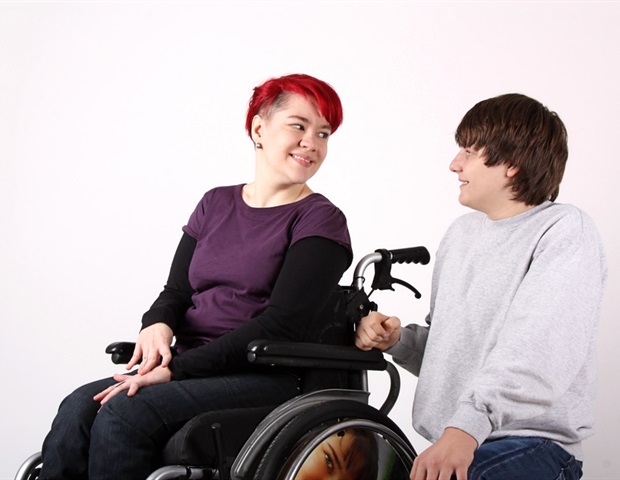In a recent study posted to the medRxiv* preprint server, researchers assessed the impact of coronavirus disease 2019 (COVID-19) infection on B-cell and antibody responses to COVID-19 booster vaccination.
Background
Through the establishment of potent humoral and cellular immunity, severe acute respiratory syndrome coronavirus 2 (SARS-CoV-2) messenger ribonucleic acid (mRNA) vaccines offer protection against symptomatic infection. The first two doses of the BNT162b2 or mRNA-1273 vaccination produce very potent antibodies that can neutralize the ancestor virus.
According to recent research, booster vaccines strengthen CD4+ T-cell as well as memory B-cell responses against viral variants of concern (VOC), broaden the neutralizing antibody response, and improve neutralizing antibody potency. Hybrid immunity, or boosted immunity elicited by infection and vaccination, is also quite effective in defending against VOCs.
About the study
In the present study, researchers examined how SARS-CoV-2 infection affects the antibody and B-cell responses to the third dose of the BNT162b2 or mRNA-1273 COVID-19 vaccination.
A cohort of 66 individuals scheduled to be vaccinated with either a third dose of the BNT162b2 vaccine or the mRNA-1273 vaccine between October 2021 and March 2022 were recruited for blood donation at baseline (day 0), days 30 and 60 after vaccination. On day 60, individuals were divided into three groups according to their exposure to SARS-CoV-2: those who were nucleocapsid antibody seronegative, those who had been exposed before, and those who had been exposed after receiving a booster dose.
While all infections occurred before the initial reports of SARS-CoV-2 Omicron infection in the prior-infected group, SARS-CoV-2 Omicron BA.1 variant was the polymerase chain reaction (PCR)-confirmed or suspected infecting variant in the post-infected group. The duration between prior infection and vaccine administration varied from 59 to 601 days, and between vaccination and infection diagnosis after booster vaccination, infection ranged from 12 to 44 days.
Serum immunoglobulin G (IgG) antibodies were measured against spike proteins of ancestral B.1 (D614G mutation) and nine variants, including B.1.1.7 (Alpha), B.1.351 (Beta), B.1.617.2 (Delta), and B.1.1.529 (Omicron; BA.1, BA.2, and BA.3 lineages) using a multiplex platform. The team employed spectral flow cytometry to evaluate B-cell responses to the booster vaccine with a 21-marker panel that included six tetramers for assessing responses against the spike protein subunit 1 (S1) of B.1, its receptor binding domain (RBD), and N-terminal domain (NTD), as well as identifying B cells that bound RBD and NTD of both B.1 and BA.1.
Results
The study results showed that all three groups experienced an increase in antibody titers from day 1 to day 30, albeit the prior-infected group experienced a more modest increase. By day 60, titers against B.1 D614G and three variants had plateaued in the uninfected group, slightly increased in the post-infected group, and declined in the prior-infected group against ancestral B.1 and the six variants assessed.
At day 0, titers against all 10 viral spike proteins were greater in the prior-infected than in the uninfected and post-infected groups. At baseline, titers were comparable across the uninfected and post-infected groups, but at day 60, they were greater in the post-infected group. The prior-infected group experienced fold increases from baseline to day 60 that were significantly lower than those found in the uninfected and post-infected groups as a result of the combination of high baseline titers and modest post-boost increases. The fold increases were slightly higher in the post-infected group in comparison to the uninfected group.
In the uninfected and post-infected groups, neutralization increased from baseline to day 60, while the baseline titers were noticeably higher in the prior-infected group. Neutralizing titers, as opposed to antibody binding, did not show any increase in the prior-infection group between baseline and day 60.
When compared to the uninfected group, baseline neutralizing titers against B.1.351 and BA.1 were slightly lower in the post-infection group, which increased by day 60. Overall, there were differences in the kinetics and size of the antibody binding and neutralizing titers between the groups, although the prior-infected group’s dampened antibody responses to the third vaccination were the most notable.
Conclusion
The study findings demonstrated that prior SARS-CoV-2 infection is connected to the B cell response, the severity of which is determined by the time interval between infection and vaccination. Furthermore, the study also showed that antibody and B-cell responses to COVID-19 booster vaccination are affected by infection status. The researchers believe that the study findings could aid in establishing booster vaccination schedules that consider prior COVID-19 infection histories.
*Important notice
medRxiv publishes preliminary scientific reports that are not peer-reviewed and, therefore, should not be regarded as conclusive, guide clinical practice/health-related behavior, or treated as established information.














